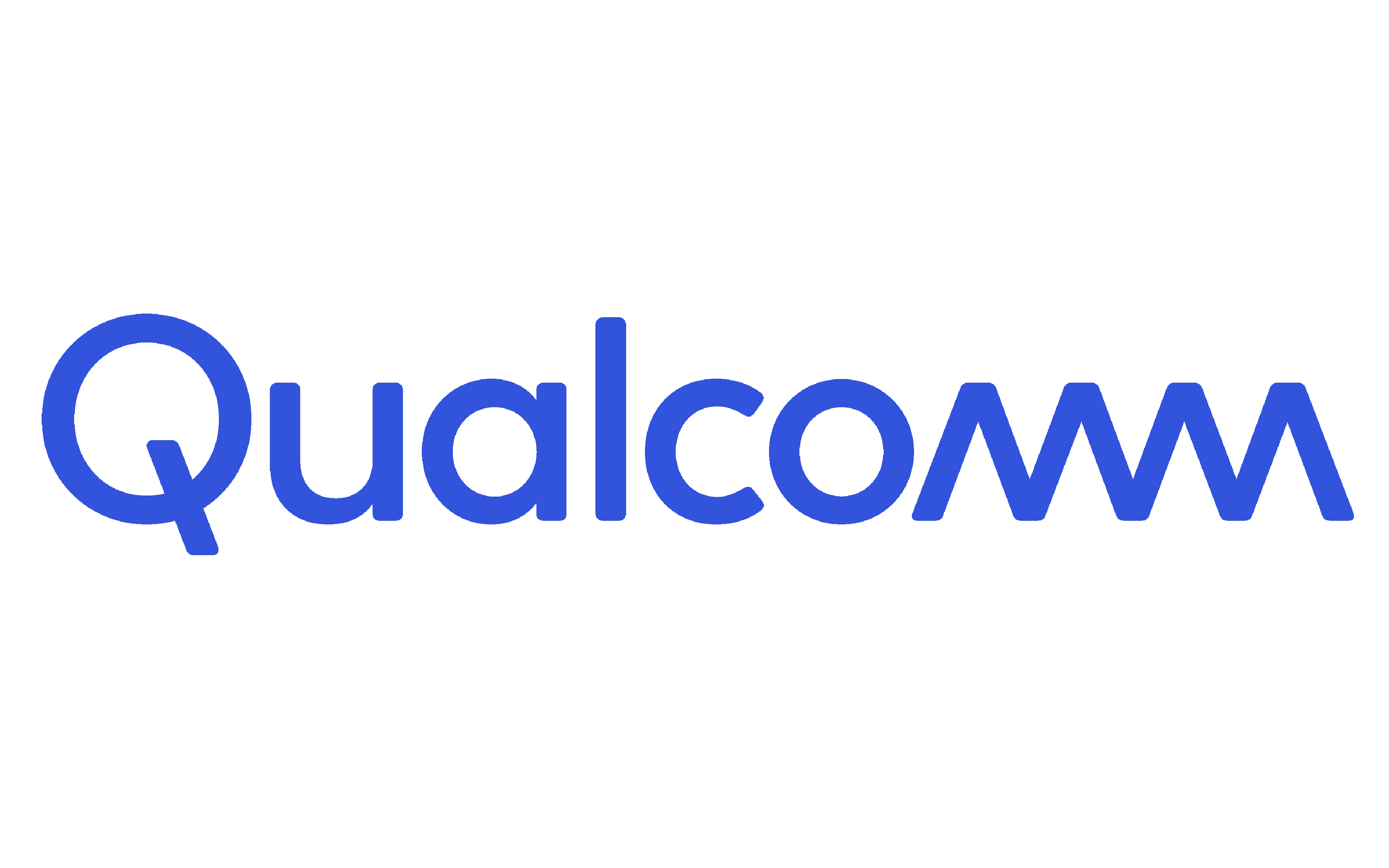
The Global Certification Forum (GCF) tests, certifies, and connects mobile and IoT products to networks and services. Each year, they publish a Mobile Device Trends report. Its recent report highlights the quick moving migration to 5G, with over 30% of all devices in 2021 integrating the technology.
GCF has over 150 device manufacturers, located across 25 countries, that are currently working with their team. The analysis of GCF certifications – which are recognized by network operators with interests in global markets – provides insights into the mobile technologies and functionalities being requested by operators and end users across markets worldwide.
Information gathered shows that there has been an increase in support for 5G standalone (SA) operation – nearly 90% of 5G devices. However, even though the initial rollout had surpassed LTE in terms of its proportion of all devices, 5G has fallen behind in the third year of its deployment.
In 2021, GCF certified 609 device models from 89 manufacturers. This was up 18% from the 75 in 2020, but the number of certified devices dropped nearly 15% from the previous year.
It’s possible that this decline could be partly due to the continuing shift towards 5G. In 2020, many smartphones were produced (and certified) in separate 4G and 5G model variants. Compare that to 2021, where more models came in a single 5G version. Then there’s the worldwide chip shortage, which caused problems across many industries.
The integration of 5G into devices has continued to increase rapidly. However, after an initial burst in 2020, the proportion of new devices incorporating 5G has fallen behind the level for LTE. In 2021, the percentage of all devices certified with integrated 5G went up from 21% in 2020, to 31%. Among these, there was a significant jump in the proportion supporting 5G SA operation. 65% of the 5G devices certified in 2021 (123 of 189) supported 5G SA, up from 34% in 2020. This rate continues to grow and, in 2022 year-to-date, the proportion of 5G devices supporting 5G SA is 88%.
Smartphones remained the largest category of device in 2021 (43%) with modules in second place at nearly 30%. The third largest category in 2021 was WLAN routers, which made up 8% of devices certified. This was a considerable jump from 2020 and was largely due to operators supporting fixed 5G wireless access on their 5G networks, which drove up the demand for WLAN routers.
Currently, there’s still only a handful of 5G modules and WLAN routers available. We have slowly been seeing and hearing about more to come, such as the Pepwave MAX BR2 Pro 5G. For now, be sure to check out the 5G products you can get in your hands on tomorrow, including:



